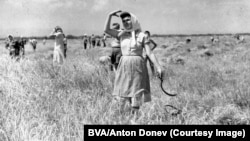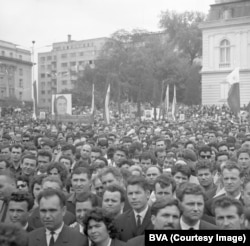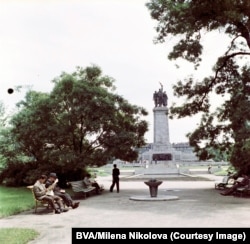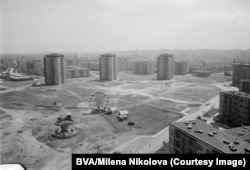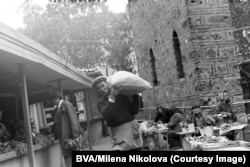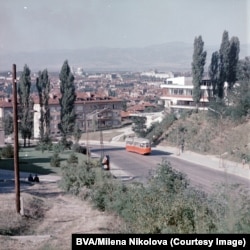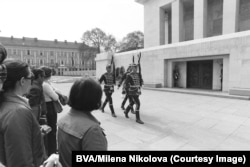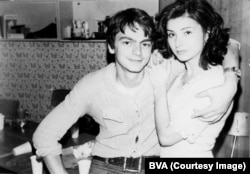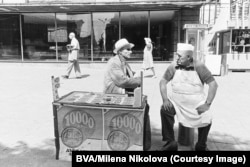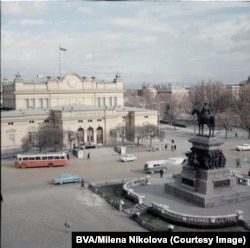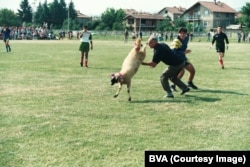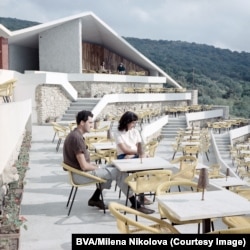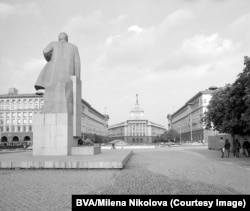From Prague to Podgorica, official photos from Europe's Eastern Bloc during the years of communism tend to look the same.
Now, thanks to two visual historians, an online resource called the Bulgarian Visual Archive (BVA) offers an intimate glimpse into what life was like for ordinary people behind Bulgaria's Iron Curtain.
Since its launch in 2019, the BVA has amassed a collection of more than 16,000 images from the previous century, with many donated from personal collections.
The BVA's founders, Tihomir Stoyanov and Johanna Trayanova, told RFE/RL that the inspiration for the archive came as a result of Stoyanov's growing collection of historical photos, and Trayanova seeing an exhibition in 2018 held by Fortepan, an open-access Hungarian archive built with donated photos.
The Fortepan exhibition in Budapest "blew my mind," Trayanova told RFE/RL, and the pair decided to launch their own Bulgarian version of the renowned Hungarian initiative.
Stoyanov was already known in Sofia's artistic circles for collecting neglected personal photographs for his Imaginary Archive image collection.
The two friends realized that they could follow the Fortepan model -- making donated photos available online in high resolution and opening the captions up to anyone with verifiable knowledge of what an image portrayed.
The BVA is a way "to make the past accessible for younger generations and keep those stories alive," Trayanova says.
The BVA covers the entire 20th century, but the rarest images are from Bulgaria's 1946-90 communist era, of which precious little remains outside official propaganda images.
Stoyanov said in a previous interview that receiving personal photos from the communist period "allowed me to look at the life of the Bulgarian family from up close. I could learn about it straight from the source."
Informal photos, Stoyanov said are "very important because photography was one of the most powerful tools of propaganda during the socialist regime. It is almost impossible to find something sincere, pure, and not staged in the official archives."
By far the biggest donation the pair have received was from Milena Ivanova, the daughter of professional photographer Panayot Burnev, who passed away in 2016.
Burnev's street photography "holds a special place in our hearts," Trananova says. "In his free time, he would roam around [Sofia] with his 120-millimeter camera, capturing Sofia in the 1960s and '70s."
Stoyanov and Trananova hope more people will get involved in the BVA project either as donors or by adding insight to thousands of photos that remain without caption information.
The archive has its own social media pages, but Trayanova says the most vivid reactions to the BVA's photos come at exhibitions.
"That’s when everyone really gets involved," she says. "It’s amazing to see how viewers connect with the photos."
"Some people look at the images with nostalgia, remembering their younger days," Trayanova says, "while others are seeing these places for the first time -- places that no longer exist."
Trayanova says the aim for the future of the archive is to hold annual exhibitions like the one she saw in Budapest in 2018.
The pair also hope to build up a community of donors and fans of the archive who can meet, "like a small society, all united by a love for preserving history."




